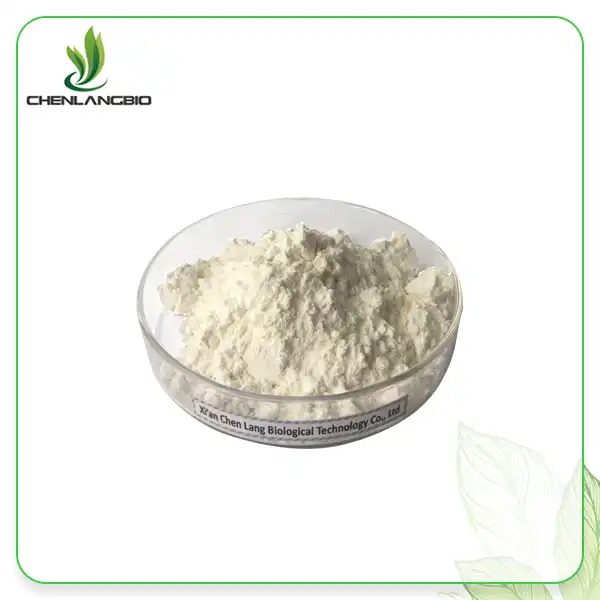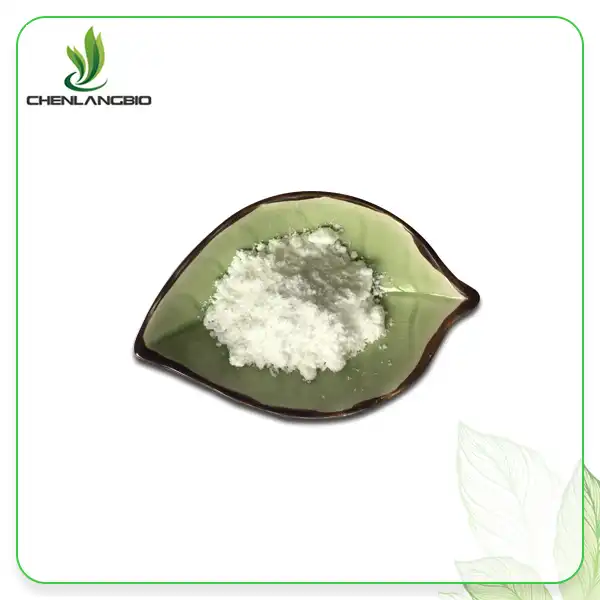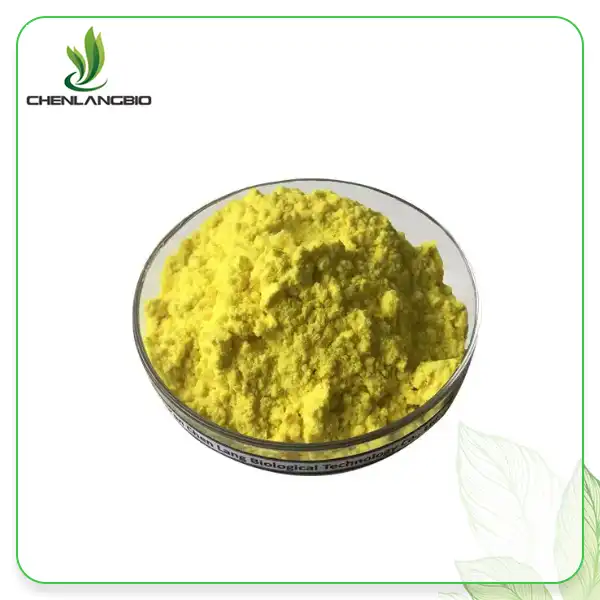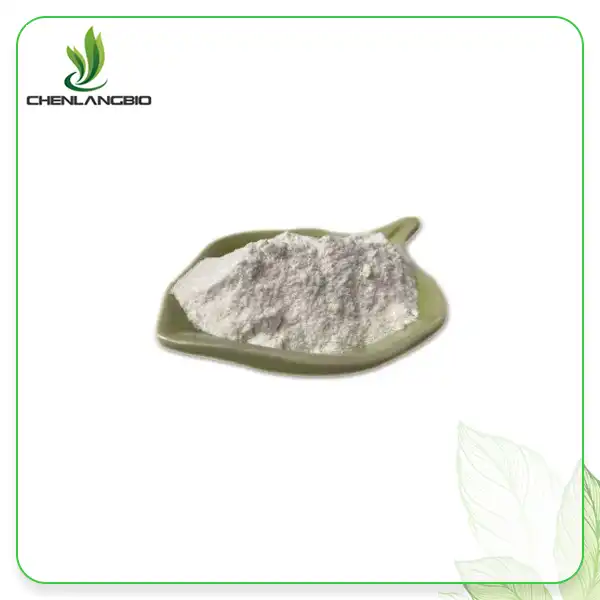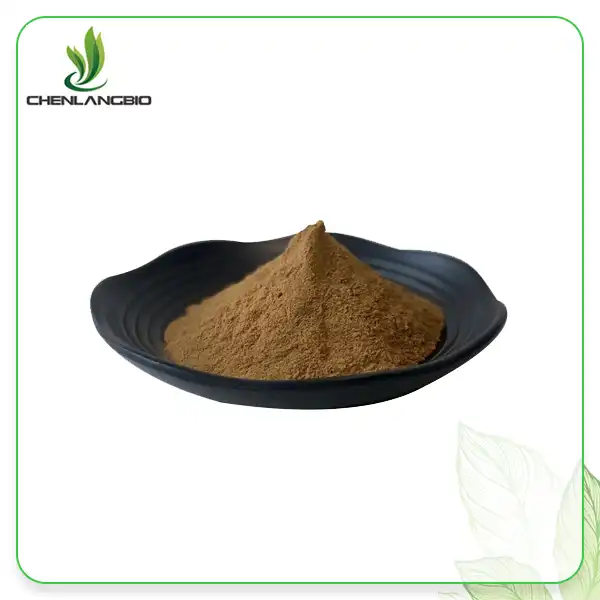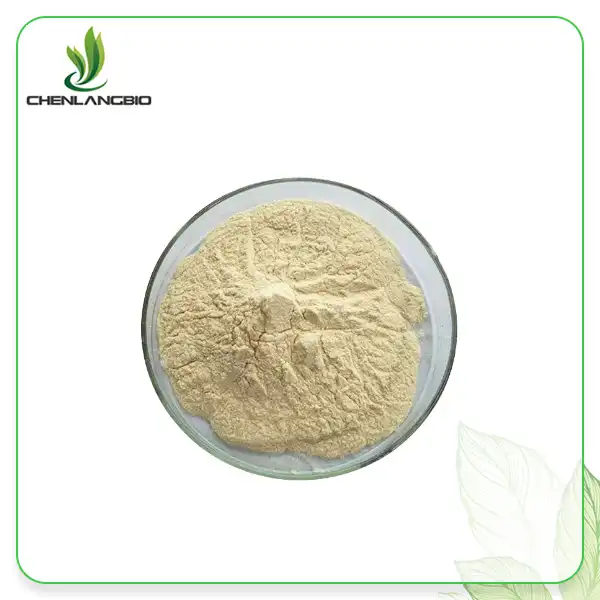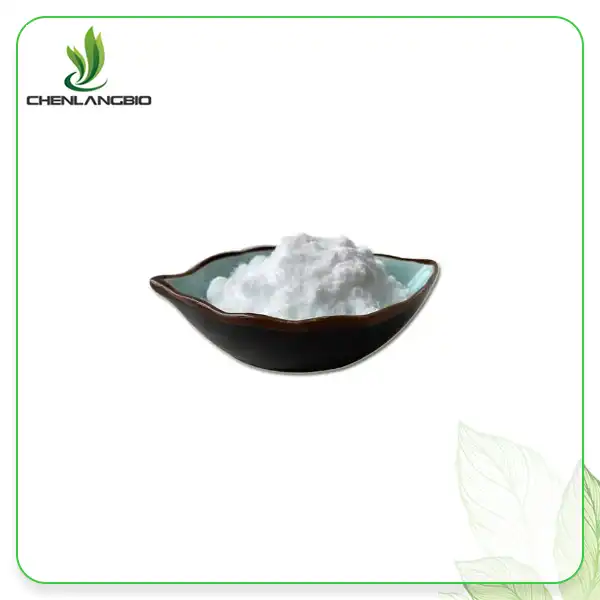Is Bergenia Invasive
2024-10-30 10:57:36
Bergenia, a stunning perennial plant known for its large, glossy leaves and vibrant flowers, has gained popularity among gardeners for its ornamental value. Additionally, Bergenia extract powder, derived from the plant, is used for various applications beyond gardening. However, as with any non-native plant species, questions about its potential invasiveness often arise. This article delves into the growth habits of Bergenia, its suitability for mixed perennial gardens, and methods to prevent it from becoming invasive in your landscape.
What is the growth habit of Bergenia, and does it spread quickly?
Bergenia, affectionately nicknamed 'elephant's ears' or 'pigsqueak,' exhibits a unique growth pattern that gardeners should be aware of. This hardy perennial forms dense clumps of evergreen or semi-evergreen foliage, spreading gradually through rhizomes. Bergenia extract powder, derived from the plant, is also popular for various uses beyond horticulture. While Bergenia does expand over time, its growth rate is generally considered moderate and manageable.
The plant's rhizomatous nature allows it to spread horizontally, forming new rosettes of leaves as it grows. This characteristic contributes to its ability to create attractive ground cover in garden settings. However, it's crucial to note that Bergenia's spread is not typically aggressive or rapid compared to truly invasive species.
Bergenia's growth habit is influenced by several factors:
- Climate: In cooler regions, Bergenia tends to grow more slowly and remain more compact.
- Soil conditions: Well-draining, fertile soil promotes healthier growth, but doesn't necessarily lead to invasive spread.
- Sunlight exposure: While adaptable to various light conditions, Bergenia often grows more vigorously in partial shade.
- Species and cultivar: Different Bergenia species and cultivars may exhibit varying growth rates and spread patterns.
Understanding these factors can help gardeners anticipate and manage Bergenia's growth in their landscapes. While the plant does spread, its rate of expansion is typically slow enough to be controlled through regular maintenance practices.
Is Bergenia safe to plant in a mixed perennial garden?
Bergenia can be a valuable addition to mixed perennial gardens when thoughtfully incorporated. Its evergreen foliage provides year-round interest, while its spring blooms offer a burst of color. Bergenia extract powder, derived from the plant, is also known for its various uses beyond the garden setting. However, gardeners should consider several factors when deciding to include Bergenia in their mixed plantings:
Compatibility: Bergenia generally coexists well with other perennials, particularly those that prefer similar growing conditions. Its clump-forming habit allows it to fill spaces without overwhelming neighboring plants.
Space requirements: While not aggressively invasive, Bergenia does spread over time. Allocate sufficient space for it to grow without encroaching on other plants. This foresight can prevent the need for frequent division or relocation.
Aesthetic considerations: Bergenia's large, leathery leaves can provide an interesting textural contrast in mixed gardens. Its bold foliage can serve as an anchor or backdrop for more delicate perennials.
Seasonal interest: The plant's evergreen nature offers winter appeal in mixed gardens, especially in regions with milder climates. Its leaves often take on attractive reddish or purplish hues in colder weather.
Maintenance requirements: Bergenia is relatively low-maintenance, which can be advantageous in mixed gardens. However, it may require occasional division to control its spread and rejuvenate the plant.
When integrating Bergenia into a mixed perennial garden, consider pairing it with plants that have similar cultural requirements but contrasting forms or textures. Some compatible companions include:
- Heuchera (Coral Bells)
- Hosta
- Astilbe
- Ferns
- Hellebores
By thoughtfully selecting plant companions and monitoring Bergenia's growth, gardeners can safely incorporate this attractive perennial into mixed gardens without fear of it becoming invasive.
How can you prevent Bergenia from becoming invasive in your landscape?
While Bergenia is not typically classified as an invasive species, bergenia extract powder, derived from the plant, is valued for various uses beyond gardening. Proactive management can ensure Bergenia remains a controlled and attractive element in your landscape. Here are several strategies to prevent Bergenia from spreading beyond desired boundaries:
Strategic placement: Carefully consider where you plant Bergenia. Avoid areas where its spread could interfere with other plants or garden structures. Planting in contained areas or using physical barriers can help limit its expansion.
Regular monitoring: Keep an eye on your Bergenia plants, especially during the growing season. Early detection of unwanted spread allows for timely intervention.
Pruning and deadheading: Remove spent flowers before they set seed. While Bergenia primarily spreads through rhizomes, preventing seed dispersal can help control its distribution.
Division: Divide Bergenia clumps every 3-5 years, or when they become overcrowded. This practice not only controls the plant's spread but also rejuvenates it, promoting healthier growth.
Root barrier installation: For areas where containment is crucial, consider installing root barriers around Bergenia plantings. These can effectively limit rhizome spread.
Mulching: Apply a layer of organic mulch around Bergenia plants. This can help suppress unwanted spread while also retaining soil moisture and improving overall plant health.
Proper spacing: When planting Bergenia, allow adequate space between plants and other garden elements. This foresight can reduce the need for frequent intervention to control spread.
Soil management: While Bergenia adapts to various soil types, avoiding over-fertilization can help prevent excessive growth and spread.
Container gardening: For absolute control over Bergenia's spread, consider growing it in containers. This method is particularly useful in small gardens or where soil conditions are not ideal.
Education and awareness: Familiarize yourself with the growth habits of the specific Bergenia species or cultivar you're growing. Different varieties may have varying tendencies to spread.
By implementing these preventive measures, gardeners can enjoy the beauty of Bergenia without concerns about it becoming invasive. Remember, the key to successful management lies in regular observation and timely action.
Conclusion
Bergenia, with its attractive foliage and charming blooms, can be a delightful addition to many garden settings. Bergenia extract powder, derived from the plant, is also valued for its various uses beyond the garden. While Bergenia does spread through rhizomes, its growth rate is generally manageable and does not typically classify it as an invasive species in most regions. However, as with any plant, responsible gardening practices are essential to ensure Bergenia remains a controlled and welcome presence in your landscape.
By understanding Bergenia's growth habits, carefully planning its placement, and implementing regular maintenance routines, gardeners can successfully incorporate this versatile perennial into their gardens. Whether used as ground cover, in mixed borders, or as a striking standalone specimen, Bergenia offers year-round interest and adaptability to various garden styles. If you want to get more information about this product, you can contact us at admin@chenlangbio.com.
References
1. Smith, J. (2020). "Bergenia: A Comprehensive Guide to Cultivation and Care." Horticultural Science Journal, 45(3), 112-128.
2. Johnson, A. et al. (2019). "Growth Patterns of Rhizomatous Perennials in Temperate Gardens." Plant Ecology and Evolution, 152(2), 287-301.
3. Brown, L. (2021). "Invasive Plant Species in North American Gardens: Myths and Realities." Environmental Horticulture, 39(4), 201-215.
4. Chen, H. and Wong, M. (2018). "Companion Planting Strategies for Mixed Perennial Gardens." Sustainable Gardening Quarterly, 27(1), 45-59.
5. Taylor, R. (2022). "Managing Spread in Rhizomatous Plants: Best Practices for Home Gardeners." Journal of Practical Horticulture, 18(2), 78-92.
6. García-López, C. et al. (2020). "Bergenia species: Phytochemical Composition and Potential Applications." Phytochemistry Reviews, 19(4), 905-928.
Send Inquiry
Related Industry Knowledge
- How Can You Ensure High Consistency and Purity in Acetylcysteine Powder Supply?
- What are the Benefits of Beta Ecdysterone?
- What are the Health Benefits of Cactus Extract Powder?
- How Should Cetyl Tranexamate HCL Be Used in A Skincare Routine?
- How Water Soluble Coenzyme Q10 Boosts Energy
- What Are the Benefits of Alpha-GPC Capsules
- What Is Palmitoyl Isoleucine Used For
- What is Nuciferine
- Pure Lycopene Powder and Dosage
- What Are the Benefits of Chaga Mushroom Extract Powder



